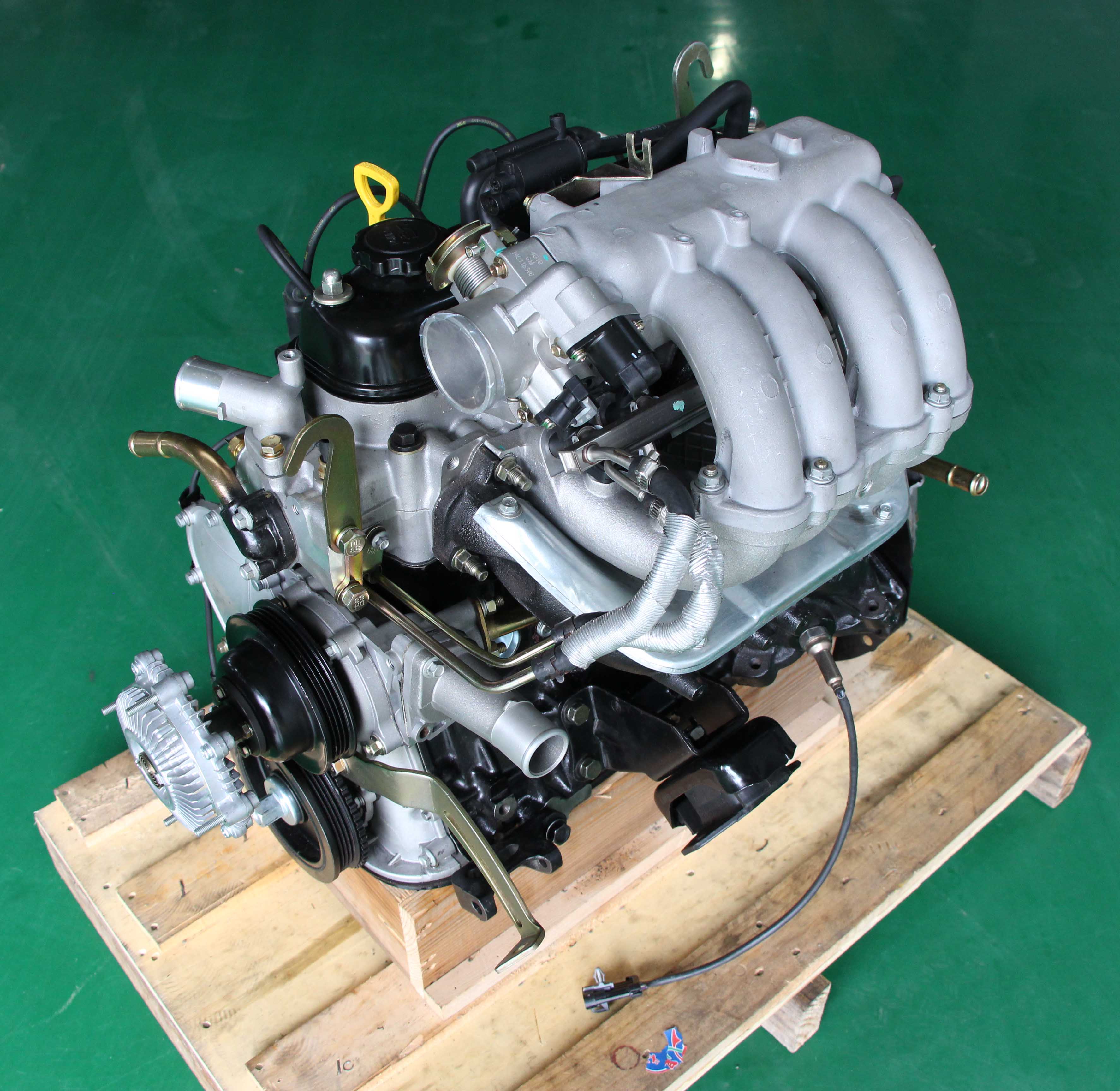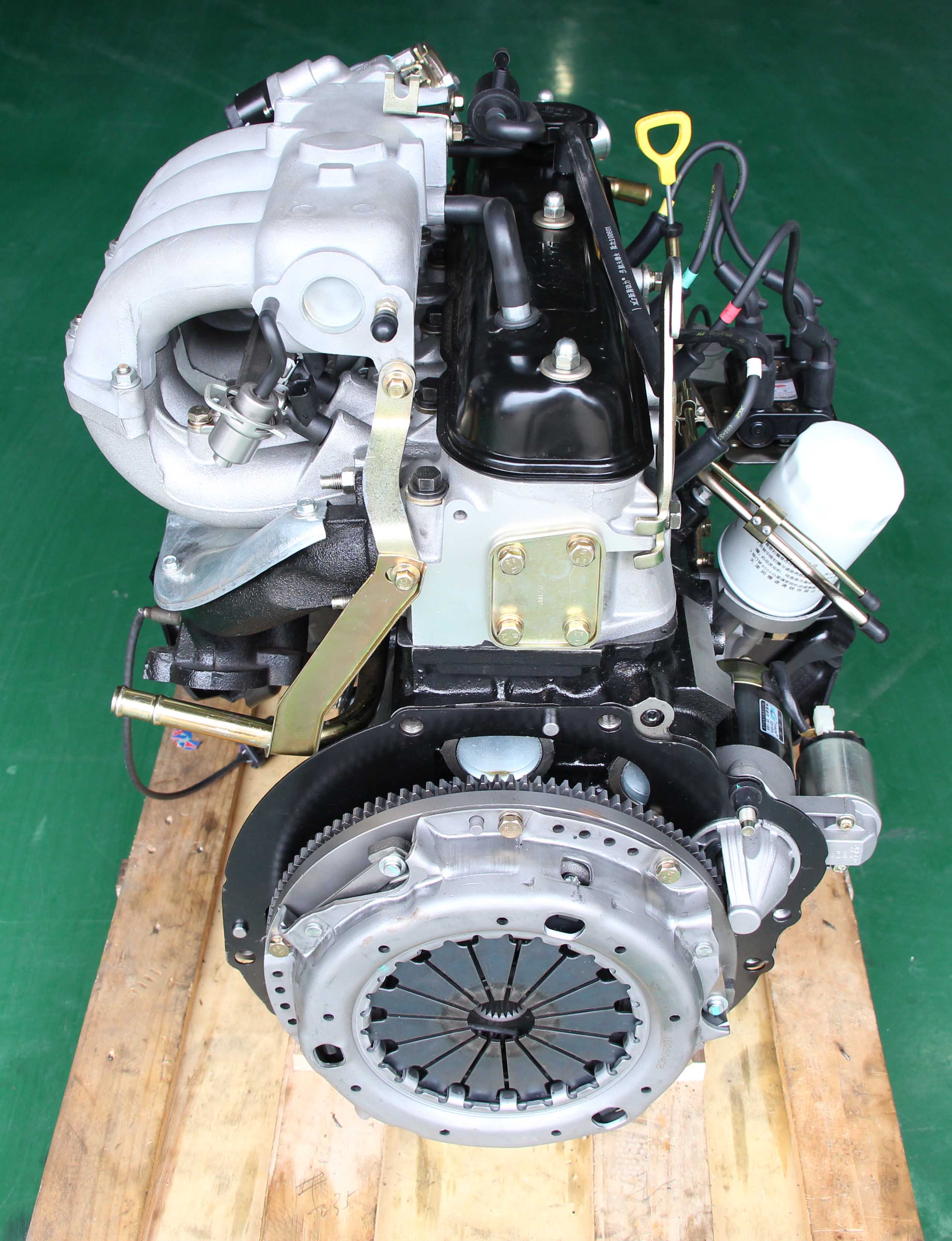What Makes the 4Y Engine Stand Out Among Other Automotive Engines
What Makes the 4Y Engine Stand Out Among Other Automotive Engines
Blog Article
The Ultimate Overview to the Engine: Secret Insights for each Cars And Truck Lover
Understanding the engine is basic for any type of automobile enthusiast, as it functions as the heart of the car and dictates its efficiency. This overview supplies an extensive evaluation of engine anatomy, types, and the technicians behind their operation, consisting of the cutting-edge modern technologies that are improving the vehicle landscape. Furthermore, it highlights the vital nature of upkeep practices that can dramatically impact an engine's life expectancy. Nonetheless, the complexities of engine dynamics and the current advancements in technology present concerns that warrant more exploration. What might these understandings disclose concerning the future of automotive engineering?
Anatomy of an Engine
Recognizing the composition of an engine is important for any kind of vehicle lover seeking to dig deeper into automobile mechanics. An internal burning engine largely contains numerous vital parts that operate in unison to convert fuel right into mechanical power.
At the heart of this system exists the cyndrical tube block, which houses the cylinders where burning happens. Piston motion within these cylinders is facilitated by the crankshaft, which converts direct movement right into rotational power. In addition, the camshaft plays a crucial function in controlling the opening and closing of the engine's shutoffs, making sure appropriate air-fuel mix consumption and exhaust gas expulsion.
Various other vital components consist of the fuel system, which provides the engine with the needed fuel, and the ignition system, in charge of starting combustion - 4y engine. The air conditioning and lubrication systems are also integral, keeping optimal operating temperature levels and minimizing friction, specifically
Engine Types and Configurations
A diverse series of engine kinds and arrangements exists, each offering one-of-a-kind benefits and disadvantages tailored to different driving demands and preferences. The most common engine types include inline, V, level, and rotary arrangements.
Inline engines, featuring cyndrical tubes organized in a solitary line, are known for their simpleness and efficiency. They are usually discovered in portable cars, supplying a balance of power and economic situation. V engines, defined by their 2 banks of cylinders set up in a V form, offer greater efficiency and smoother procedure, making them popular in sports and high-end automobiles.
Level engines, or boxer engines, have flat opposed cylinders, which add to a reduced center of gravity, improving lorry stability. These are generally seen in brands like Subaru and Porsche.
Rotary engines, although less typical, make use of a distinct layout with a triangular blades and deal high power-to-weight ratios. They excel in small and light-weight applications, largely seen in Mazda vehicles.
Each engine type serves particular performance features, weight circulations, and gas efficiencies, guaranteeing that cars and truck fanatics can choose the ideal engine arrangement to match their driving design and lorry needs.

How Engines Work
Engines, despite their type or configuration, operate basic concepts that regulate their performance and effectiveness. At their core, engines convert fuel right into mechanical power with a collection of regulated explosions or compressions. This process generally involves 4 primary strokes: intake, power, exhaust, and compression.
Throughout the consumption stroke, the engine draws in a mixture of air and gas. In the power stroke, a stimulate fires up the compressed combination (in gas engines) or the blend sparks spontaneously (in diesel engines), resulting in a rapid expansion of gases that pushes the piston down.
The effectiveness of an engine is influenced by different variables, including the layout of the burning chamber, the kind of gas made use of, and the accuracy of the engine's elements. Recognizing these essential principles is essential for car lovers who look for to appreciate the complex auto his explanation mechanics behind their cars, in addition to for those intending to improve efficiency through adjustments and tuning.
Innovations in Engine Modern Technology
Over the last few years, innovations in engine innovation have actually dramatically changed the automobile landscape, improving both efficiency and environmental sustainability. Among one of the most significant innovations is the advancement of turbocharging and supercharging, which enables smaller engines to create greater power outcomes without sacrificing gas effectiveness. This has actually caused an increase in the appeal of downsized engines, offering manufacturers with the ability to meet rigid exhausts guidelines while preserving efficiency criteria.
In addition, hybrid and electrical powertrains are improving the blog engine paradigm. Crossbreed systems combine inner burning engines with electrical motors, enhancing fuel usage and decreasing discharges. Totally electric automobiles (EVs) get rid of the burning engine entirely, counting on innovative battery modern technology to provide instant torque and remarkable acceleration.
In addition, the integration of expert system and artificial intelligence in engine management systems permits real-time optimization of efficiency specifications, boosting performance and responsiveness. Technologies such as variable valve timing and direct gas injection further improve combustion processes, making best use of power output while decreasing waste.
As the automobile sector proceeds to evolve, these developments in engine innovation will certainly play a vital function fit the future of movement, prioritizing both efficiency and sustainability.
Maintenance Tips for Fanatics
Maintaining an engine is as vital as the developments that enhance its efficiency. Normal maintenance not just lengthens the life of your engine however additionally makes certain optimal performance. Begin with routine oil adjustments, adhering to the producer's recommendations for oil type and adjustment periods. Clean oil lubes engine components successfully, preventing damage.
Inspect and replace air filters regularly to ensure correct air movement, which is vital for combustion performance. A clogged air filter can cause decreased performance and boosted fuel usage. Likewise, keep an eye on the coolant levels to stop overheating, and change coolant according to the service timetable.

Conclusion
In verdict, an extensive understanding of engine makeup, kinds, and auto mechanics is crucial for automobile enthusiasts. The expedition of technologies such as turbocharging and crossbreed systems highlights the innovations in efficiency and effectiveness. Normal upkeep techniques, consisting of oil modifications and air filter checks, are vital for making certain ideal engine capability and longevity. Proficiency of these principles fosters a much deeper recognition for engine dynamics and boosts the overall driving experience.

Engines, no matter of their type or arrangement, run on essential concepts that regulate their performance and effectiveness. In the power stroke, a stimulate stirs up the pressed combination (in fuel engines) or the combination ignites spontaneously (in diesel engines), resulting in a rapid growth of gases that presses the piston down.In recent years, innovations in engine technology have significantly changed the auto landscape, improving both efficiency and ecological sustainability.
Report this page